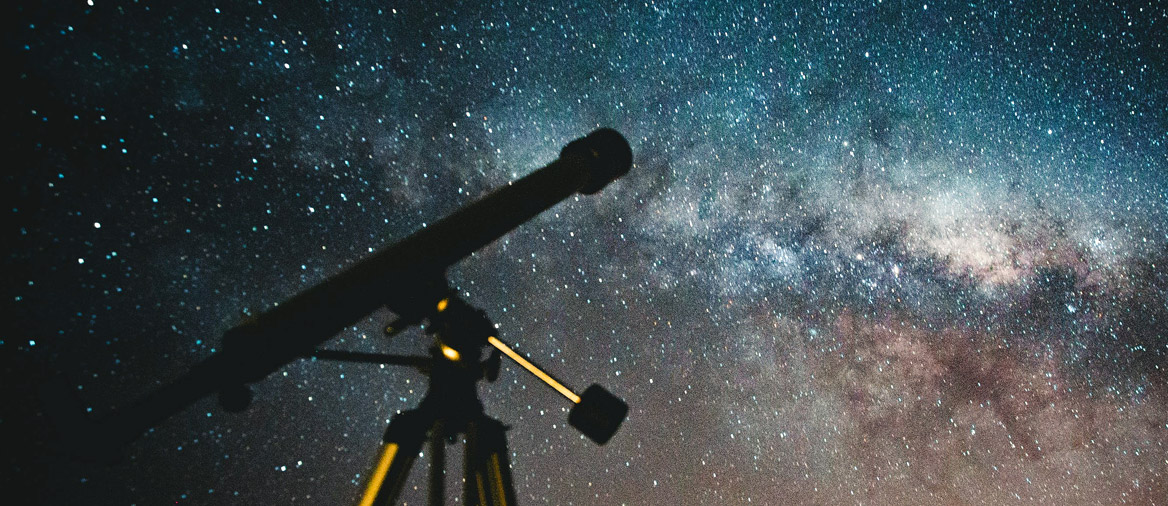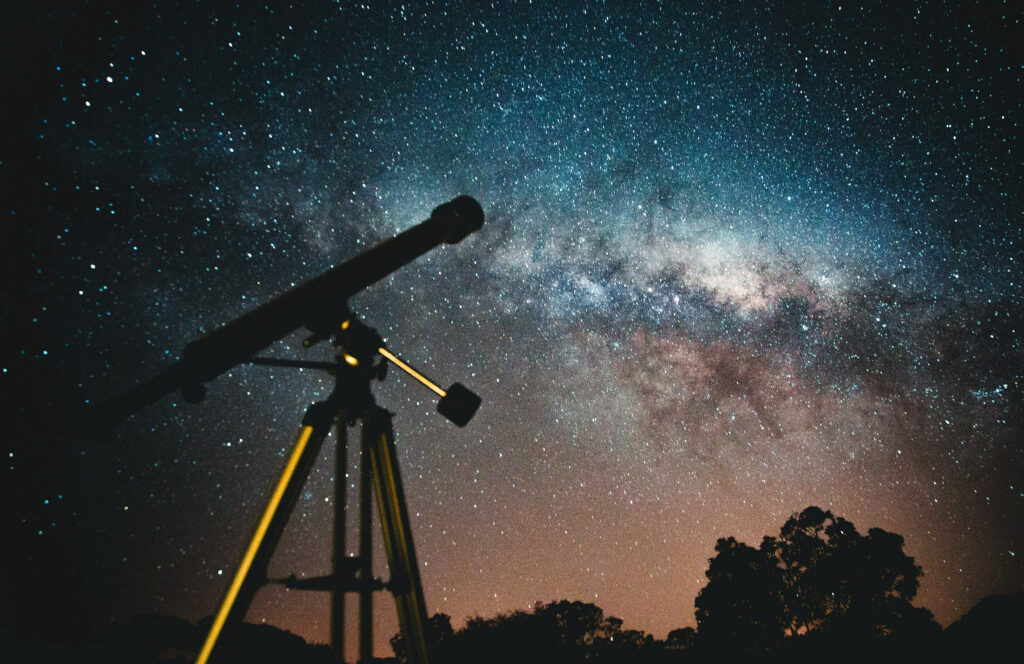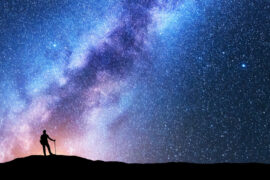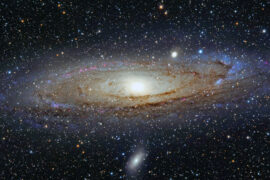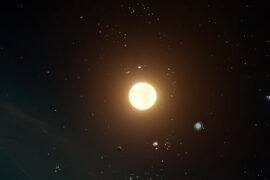I started using telescopes when I was 5 years old. My parents took the family camping and borrowed one from a friend. I fell in love with them since. Telescopes help us see objects that are very, very far away as if they were closer and let us experience the universe in a new way.
But what are telescopes used for?
The main uses for a telescope are the following:
- Observing outer space
- Observing far away objects on earth
- Photography/Astrophotography
- Viewing light invisible to the human eye
Each of these encompasses a large number of different activities, so let’s take a look at each of them individually.
Observing outer space
The main thing hobbyists, astronomers, and scientists use telescopes for is observing outer space. A telescope allows you to view faraway planets, stars, constellations, galaxies, nebulae, comets, asteroids, moons, and an endless amount of objects that our eyes can’t see.
Telescopes capture the light emitted or reflected by these objects using the big lens in the front. Then they pass the light through other smaller lenses that magnify the image so you are able to see the planet or any other object you are pointing at.
Observing outer space objects lets us study them, learn new things about the universe, or simply appreciate their beauty.
By using telescopes we have discovered the universe is much bigger than we thought, we have learned the age of the universe (14 billion years), discovered objects we couldn’t have imagined like black holes, quasars, and supernovas. We have also learned a lot about our planet, and our Solar system by looking at others. We can also tell what these objects are made of so maybe one day we can visit them.
Telescopes are also like time machines because they let us see things that happened in distant stars a long time ago. This is because light takes some time to get to our planet. The distances in space are so large that by the time light arrives, many years have passed, so what we are looking at in a telescope are images that might have happened a long time ago.
Observing far away objects on Earth
Telescopes are not only useful at night to watch the sky. They can also be used on Earth.
Telescopes are used to see far-away things in detail. Some use cases that are still relevant today are:
- Navigation. Specially at sea. Ships, boats and submarines still use telescopes to find land or look at a distance.
- Tourism. Telescopes are often used at observation decks to let you see cities in detail from a high point like a skyscraper or a mountain.
- Bird watching, hunting and other outdoor activities
Telescopes that are used for terrestrial viewing are smaller than space telescopes. Sometimes binoculars are also used for these purposes, but you could say that binoculars, in principle, are just really small telescopes as they work pretty much the same.
Photography/Astrophotography
Because telescopes allow us to see a magnified view of all these objects both in space and on Earth, the obvious next step is to be able to save those images to study them or simply to appreciate the beauty of the universe.
Telescopes can be used for photography by attaching regular cameras to the exit eyepieces with very simple accessories. You can even use your smartphone’s camera and attach it to the telescope to take pictures.
The activity of taking photos of space objects with the help of a telescope is called astrophotography. It is done by both professional and amateur photographers.
If you’d like to get started with astrophotography, we have an article on how to take photos with a telescope.
Viewing light invisible to the human eye
This can be a bit hard to wrap your head around, but our human eyes can only see a small fraction of all the colors and wavelengths of light around us.
This infrared and ultraviolet light that we can’t perceive could provide us with tons of additional information about the composition, and materials of planets, stars, and all other space bodies.
So, to gather this information, scientists created special telescopes that are able to see those frequencies of the light spectrum.
These fancy telescopes have allowed us to figure out the temperature of the stars, the types of minerals that can be found on asteroids, or the gases and elements in the atmosphere of some planets.
X-ray, infrared and other advanced telescopes like these are usually only available to professional astronomers because their cost is extremely high and their usability is limited for a home user.
Who Uses a Telescope?
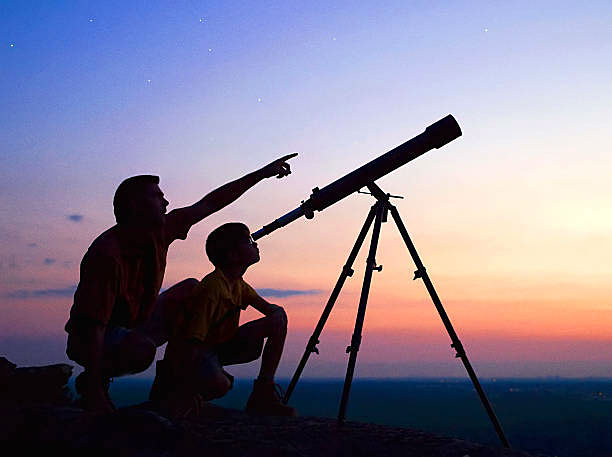
The person that uses a telescope to watch space is called an astronomer.
There are professional astronomers whose job is to study planets, stars, black holes, and all other kinds of objects to discover new things, and there are also amateur astronomers that watch the sky just for fun.
Photographers also use telescopes to take pictures of distant objects or objects in the sky.
Other professions that make use of telescopes are bird watchers, hunters, sailors, and even pirates.
What are refracting or reflector telescopes used for?
If you are new to astronomy and telescopes, you will start to hear about the different types of telescopes out there. There are refractors, Newtonians (also called reflectors), Maksutov, Dobsonians, and others. It can seem intimidating but don’t worry, it’s not too hard to understand the differences.
But the main question you might have is: are refractors and Newtonian telescopes used for the same things? or does each have a specific use?
The truth is, all telescopes will allow you to see every type of object in the sky.
The main differences between types of telescopes are design and materials. Some use lenses, others use mirrors. Some bounce the light multiple times inside the tube, some have a straight path. We have already covered the difference between each type of telescope if you want to dive deeper into this.
Some types have advantages over others, for example, Newtonians are slightly better for watching deep space objects like galaxies, while Maksutovs have the edge when it comes to viewing planets. However, if you are a beginner, the difference is not going too noticeable and there are other features that should take priority like the aperture.
The use of telescopes in space
NASA and other space agencies have invested millions of dollars into building telescopes like the Hubble and the James Webb telescope that can be put into Earth’s orbit.
But when it comes to the magnitudes of distances in space there isn’t much of a difference between putting telescopes on top of a mountain and putting them in orbit. So why do we put telescopes in space?
The answer is because Earth’s atmosphere distorts and reflects some of the light that we receive from space. It acts like an opacity filter that dims the amount of light a telescope can get.
By putting telescopes into orbit, that filter is removed, and we can get much clearer images and a lot more light, which allows us to detect planets and stars at a greater distance, even if the telescope isn’t as big as the ones we can build down here on Earth.
Summary
- Telescopes are devices that we can use to magnify images of objects that are very far away from us
- Telescopes are mostly used to watch objects in space, but they also have some uses here on Earth
- Many types of people use telescopes. Professional astronomers, photographers, sailors, amateur stargazers among others.

